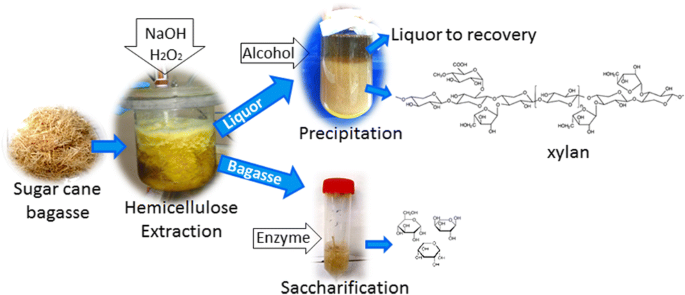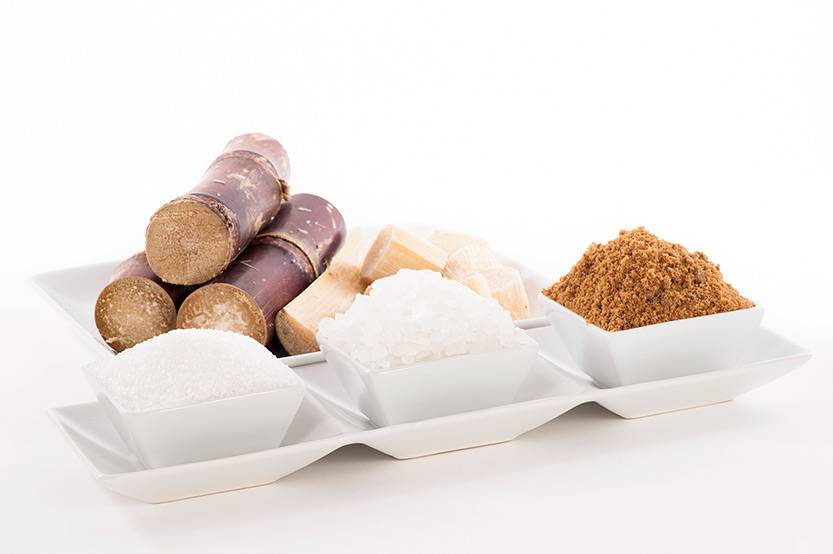Eco-Friendly Cane Sugar Processing Chemicals: Sustainable Solutions
Eco-Friendly Cane Sugar Processing Chemicals: Sustainable Solutions
Blog Article
Maximizar Rendimientos Y Minimizar Costos: Estrategias Avanzadas Para La Optimización Química Del Procesamiento De Azúcar De Caña
In the world of walking cane sugar processing, the pursuit of maximizing yields while concurrently lessening prices stands as an awesome difficulty that needs a strategic blend of sophisticated chemical optimization methods. Among this elaborate web of approaches exists the pledge of unlocking untapped capacity and reinventing the really significance of sugar production.
Chemical Evaluation for Effectiveness
Chemical evaluation plays an essential role in improving the efficiency of sugar cane handling by supplying crucial understandings right into the composition and properties of the raw materials. By performing thorough chemical analyses on sugar cane samples, cpus can establish the exact concentrations of sucrose, glucose, fructose, and various other elements present in the raw material. This details is vital for enhancing the different stages of the sugar cane handling chain, from milling to formation.
Moreover, chemical evaluation makes it possible for cpus to identify contaminations such as organic acids, proteins, and minerals that can influence the high quality and yield of the final sugar product. By quantifying these contaminations, processors can apply targeted methods to get rid of or minimize their effects, inevitably boosting the total performance of the processing plant.
Additionally, chemical evaluation assists in the surveillance of process specifications such as pH, temperature level, and thickness, permitting cpus to make real-time adjustments to make certain optimal conditions for sugar extraction and crystallization. Generally, a comprehensive understanding of the chemical composition of sugar walking stick is important for taking full advantage of yields, reducing expenses, and preserving high product top quality in the sugar manufacturing market.

Enzyme Utilization for Raised Returns
With a calculated technique to enzyme application, sugar cane processors can significantly boost their yields while preserving operational efficiency in the production process. Enzymes play a vital role in sugar cane processing by damaging down intricate carbohydrates into less complex sugars, thus raising the total sugar extraction efficiency. By integrating particular enzymes customized to target the various parts of sugar walking stick, such as cellulose and hemicellulose, cpus can enhance the launch of sugars throughout removal.
Enzyme use supplies the benefit of taking full advantage of sugar yields from the raw material while reducing the energy and resources needed for handling. This leads to an extra lasting and cost-effective manufacturing process. In addition, enzymes can assist in minimizing handling time and improving the overall top quality of the sugar product. With cautious selection and application of enzymes, sugar cane processors can enhance their operations to accomplish higher returns and productivity.
Ph Control for Ideal Handling
Enzyme use for increased yields in sugar walking cane processing lays the foundation for addressing the important facet of pH control for optimum handling efficiency. Preserving read more the proper pH degree throughout different phases of sugar cane processing is important for making best use of yields and reducing expenses. pH control is specifically critical throughout the extraction and clarification procedures. In the removal phase, maintaining the appropriate pH helps in accomplishing effective sucrose extraction from the cane. Regulating the pH throughout information aids in the rainfall of contaminations and non-sucrose parts, bring about a purer end product. PH affects the task of enzymes included in the breakdown of macromolecules, affecting the overall efficiency of the procedure. By very carefully monitoring and adjusting the pH levels at different handling steps, sugar walking stick cpus can enhance sugar recovery rates, minimize chemical use, and maximize the overall manufacturing procedure. Reliable pH control not just improves the quality of the final item but additionally adds to lasting and cost-efficient sugar cane handling operations.
Advanced Filtration Strategies
Executing sophisticated filtering methods in sugar walking stick handling boosts the efficiency and pureness of the last item via improved splitting up techniques. By including cutting-edge filtration technologies, such as membrane filtration and turned on carbon filtration, sugar cane processing plants can accomplish greater degrees of sugar healing and enhanced top quality control.

Turned on carbon filtration is an visit site additional advanced technique that navigate to this website helps in the elimination of colorants, off-flavors, and residual contaminations from sugar walking cane products. By making use of turned on carbon's adsorption homes, this filtering technique enhances the clearness and taste of the sugar, fulfilling the high requirements required by consumers and market policies.
Energy-Efficient Purification Approaches
Energy-efficient distillation approaches are necessary for optimizing the sugar walking cane processing sector's power usage while maintaining top notch item standards. Traditional distillation procedures can be energy-intensive, bring about higher manufacturing expenses and environmental impacts (Cane Sugar Processing Chemicals). Carrying out energy-efficient purification methods, such as vacuum cleaner distillation or molecular distillation, can considerably decrease energy requirements while improving general procedure performance
Vacuum distillation entails reducing the pressure within the distillation system, which decreases the boiling point of the liquid combination being refined. This reduction in boiling factor lowers the energy needed for vaporization, leading to power savings contrasted to traditional distillation techniques.
On the other hand, molecular purification makes use of brief course distillation methods under high vacuum conditions to separate substances based on their molecular weight. This technique is specifically reliable for heat-sensitive substances, as it operates at reduced temperatures, decreasing energy intake and preserving product quality.
Conclusion

Report this page